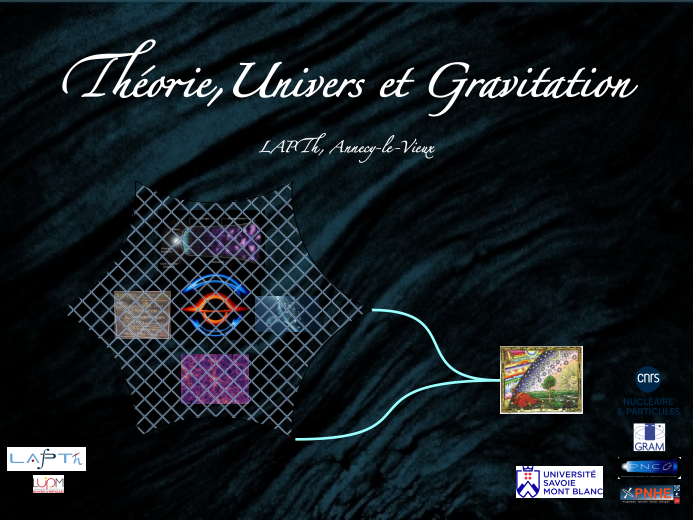Orateur
Description
The standard Lambda Cold Dark Matter (ΛCDM) cosmological model has proven remarkably successful in describing a broad range of observational data, ranging from the cosmic microwave background (CMB) radiation to the large-scale structure of the Universe. However, recent advances in precision cosmology have revealed persistent statistical discrepancies between independent data sets and observational methods. One prominent example is the "Hubble tension," which refers to the irreconcilable predictions of the present expansion rate of the Universe when inferred from early-Universe measurements (such as the CMB) compared to local observations. Low-redshift observables like Baryon Acoustic Oscillations (BAO) and Type Ia Supernovae (SN1a) are used to build the cosmological distance ladder, which relies on calibrations using either early- or late-Universe data. Therefore, the Hubble tension is also reflected in the incompatibility between these distances and how they are calibrated. However, this comparison assumes that the distance-duality relationship (DDR) holds and can be used to compare measurements of the luminosity and angular diameter distances. In this talk, we will examine the implications of relaxing this assumption to more general relations, its implications to the current cosmic tensions and how it could potentially explain the apparent need for the introduction of new physics to address current cosmic tensions.

